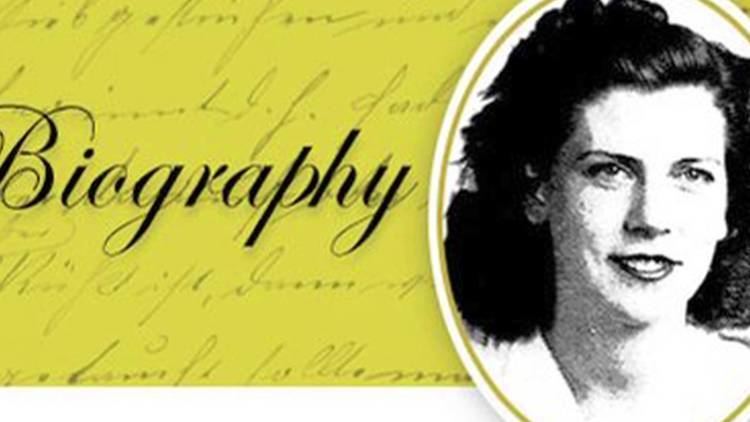Name Margaret Knight | Role Inventor | |
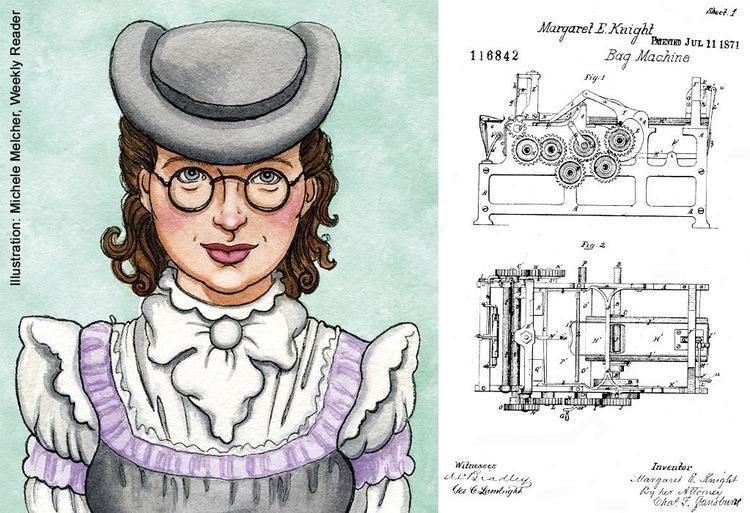 | ||
Died October 12, 1914, Framingham, Massachusetts, United States | ||
Margaret e knight inventor
Margaret Eloise Knight (February 14, 1838 – October 12, 1914) was an American inventor, notably of the flat-bottomed paper bag. She has been called "the most famous 19th-century woman inventor".
Contents
- Margaret e knight inventor
- Margaret e knight female inventor 7 days of genius msnbc
- Early life
- Career
- Later life and legacy
- Works about her
- References

Margaret e knight female inventor 7 days of genius msnbc
Early life
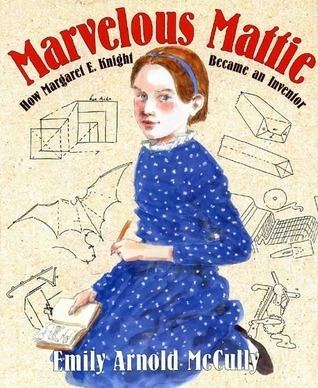
Margaret Knight was born on February 14, 1838 in York, Maine to James Knight and Hannah Teal. After her father died when she was young, Knight's family moved to Manchester, New Hampshire. She received a basic education, but left school with her siblings to work at a cotton mill. At the age of 12, Knight witnessed an accident at the mill where a worker was stabbed by a steel-tipped shuttle that shot out of a mechanical loom. Within weeks she invented a safety device for the loom that was later adopted by other Manchester mills. The device was never patented and the exact nature of it is unknown, though it may have been either a device to stop the loom when the shuttle thread broke or a guard to physically block a flying shuttle. Health problems precluded Knight from continuing work at the cotton mill and in her teens and early 20s she held several jobs, including home repair, photography and engraving.
Career
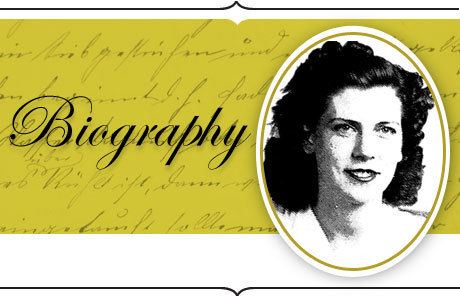
Knight moved to Springfield, Massachusetts in 1867 and was hired by the Columbia Paper Bag Company. In 1868, Knight invented a machine that folded and glued paper to form the flat-bottomed brown paper bags familiar to shoppers today. Knight built a wooden model of the device, but needed a working iron model to apply for a patent. Charles Annan, who was in the machine shop where Knight's iron model was being built, stole her design and patented the device. Knight filed a successful patent interference lawsuit and was awarded the patent in 1871. With a Massachusetts business partner, Knight established the Eastern Paper Bag Co. and received royalties.
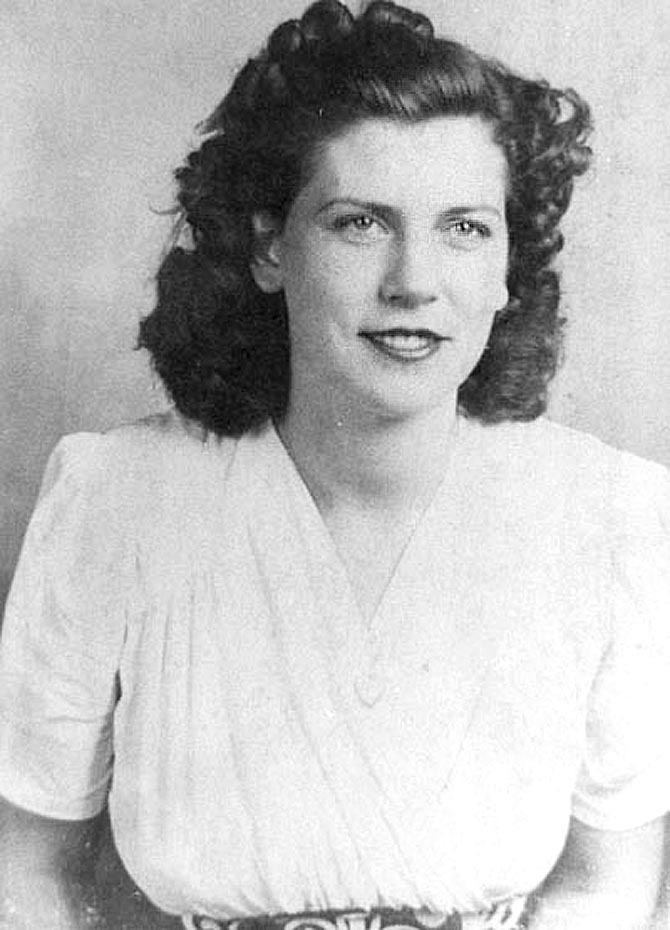
Her many other inventions included a numbering machine, a window frame and sash, patented in 1894, and several devices relating to rotary engines, patented between 1902 and 1915.
Later life and legacy
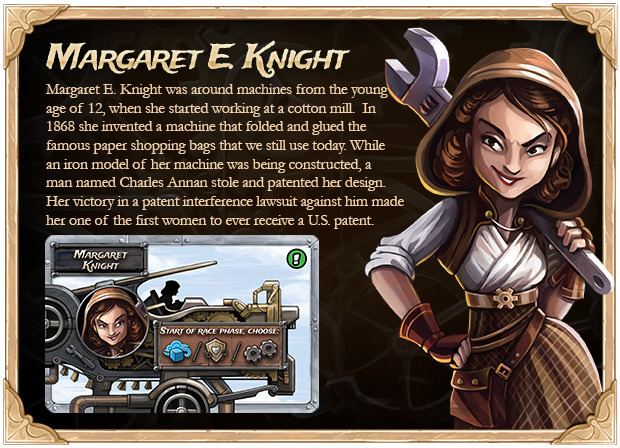
Knight was awarded the Decoration of the Royal Legion of Honour by Queen Victoria in 1871.
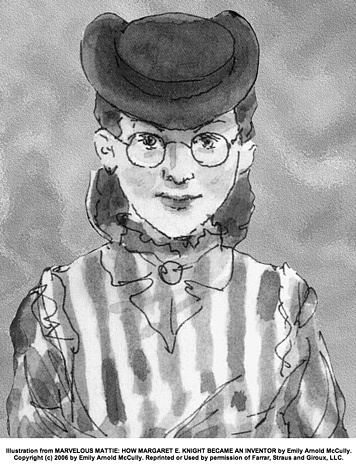
Knight never married and died on October 12, 1914 at the age of 76.
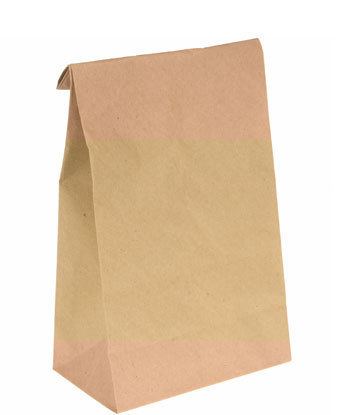
A plaque recognizing her as the "first woman awarded a U.S. patent" and holder of 87 U.S. patents hangs on the Curry Cottage at 287 Hollis St in Framingham. However, Knight was not actually the first: either Mary Kies or Hannah Slater has that honour.
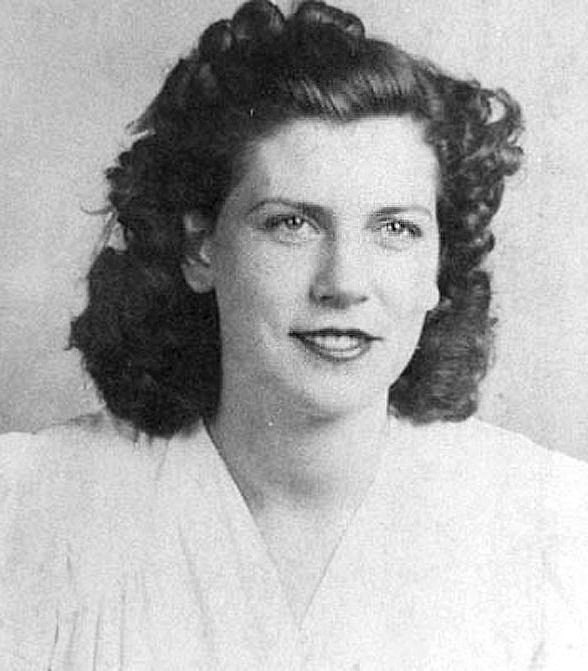
Knight was inducted into the National Inventors Hall of Fame in 2006. The original bag-making machine is in the Smithsonian Museum in Washington, D.C..
Works about her
